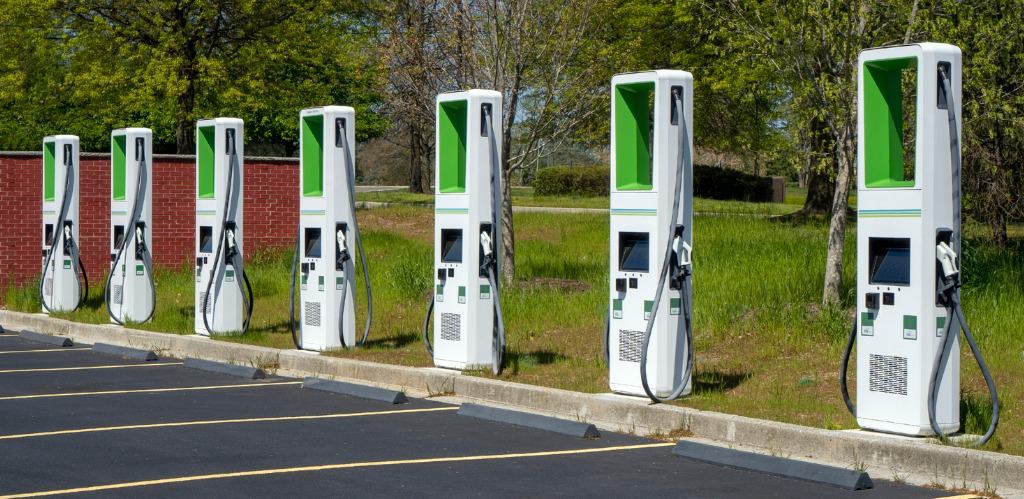A battery energy storage system (BESS) captures and stores electrical energy using batteries. This treasure trove of stored energy is at your disposal, ready to be dispatched to the grid or consumed directly as per your demands. The flexibility and responsiveness of BESS make it a game changer in today’s evolving power landscape, bridging the gap between supply and demand.
Ways to Leverage BESS:
A strong BESS strategy can unlock grid stabilization and reliable power, no matter where you are. Here’s how:
- Grid Management: Stabilize the grid, assimilate renewable energy, and shave peak loads, thereby curtailing the dependency on peaker plants.
- Optimal Energy Utilization: Capture surplus energy during peak generation times (e.g., sunny or windy spells) and unleash it during low-generation phases.
- Cost Management: Curtail energy expenses, particularly during peak demand intervals when power tariffs spike. Plus, BESS can serve as a backup power source.
- Reliable Power in Remote Areas: In locales where the grid is distant or undependable, BESS, in tandem with renewables, promises a consistent power supply.
Key Considerations for BESS Installation:
Necessity and Enhancement:
- Fleet Electrification Transition: As businesses and municipalities shift towards electrifying their vehicle fleets (e.g., buses, trucks, vans), the demand for on-site, fast-charging infrastructure grows exponentially. With BESS, fleet operators can adopt a flexible charging strategy. With BESS, fleet operators can employ an optimized charging strategy, charging the batteries during off-peak hours when electricity rates are lower, also known as peak shaving. This stored energy can then be utilized during high-demand periods, such as when multiple electric vehicles are charging simultaneously, to prevent sharp spikes in energy demand. By doing so, they can effectively flatten the demand curve, minimizing or even avoiding high demand charges and optimizing overall operational costs.
- Improved Grid Reliability: As renewables like solar and wind become staples, their sporadic nature presents a consistent problem. BESS emerges as the solution, storing excess energy during high-yield times for consumption during lean phases. This ensures a stable power flow, minimizing reliance on peaker plants and slashing blackout/brownout risks.
ROI and Cost Implications:
- ROI from a BESS varies and is influenced by local energy rates, incentives, and usage patterns. Typically, BESS ushers in savings via peak shaving, load adjustments, and potential grid service revenues. On the billing front, BESS can help trim demand charges. By storing energy during cheaper rate slots and deploying it during pricier ones, you stand to save substantially. BESS systems can have significant financial implications, particularly paired with a robust BMS (Battery Management Software) and data communications system, which enables real-time market participation.
Integration and Management Systems:
- Seamless Integration: BESS dovetails perfectly with renewables and the primary grid. Excess energy from renewables? BESS will store it. Facing an energy shortfall? BESS is there to compensate.
- EMS/BMS: An Energy Management System (EMS) fine-tunes BESS charging/discharging as per energy demands and tariffs. Concurrently, a Battery Management System (BMS) oversees battery performance, monitoring metrics like state of charge, temperature, and overall health.
Upkeep and Battery Substitution:
- Regular check-ups, firmware refreshes, and system cleaning are keys to BESS maintenance. Battery longevity hinges on its type and usage patterns. For instance, lithium-ion batteries typically serve you well for 10 to 15 years. Replacing them entails safe disconnection, potential recycling, and integrating new batteries.
Demand Response and Agile Response:
- BESS can pitch in during demand response initiatives, supplying stored grid energy during peak demands. Based on the setup, it boasts a lightning-quick response ranging from milliseconds to seconds, ensuring real-time energy needs are met.
Resilience During Grid Failures:
- Depending on its capacity, BESS can offer power backup for hours or even days during grid hiccups. To safeguard against anomalies like grid surges, BESS is fortified with protective tools such as surge protectors, circuit breakers, and the BMS.
Tailored BESS Solutions for Enhanced Grid Resilience and Efficiency
BESS is not just a battery system. It’s an energy lifeline. From monetary gains to bolstered energy resilience, the benefits of adopting BESS are manifold, promising to revolutionize the efficiency and dependability of any power grid or facility.
At SEAM Group, our expert teams are ready to support your BESS objectives. Reach out today to right-fit a strategy for your organization.





